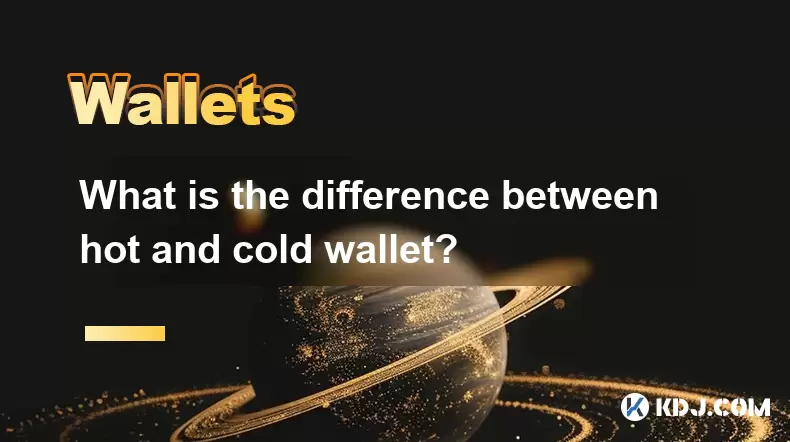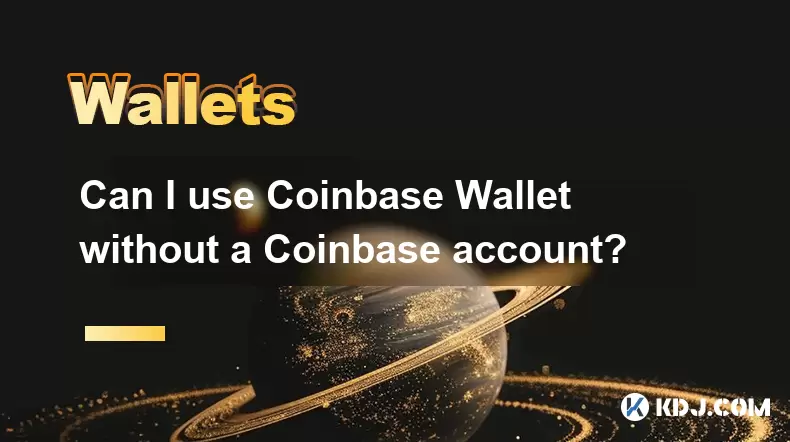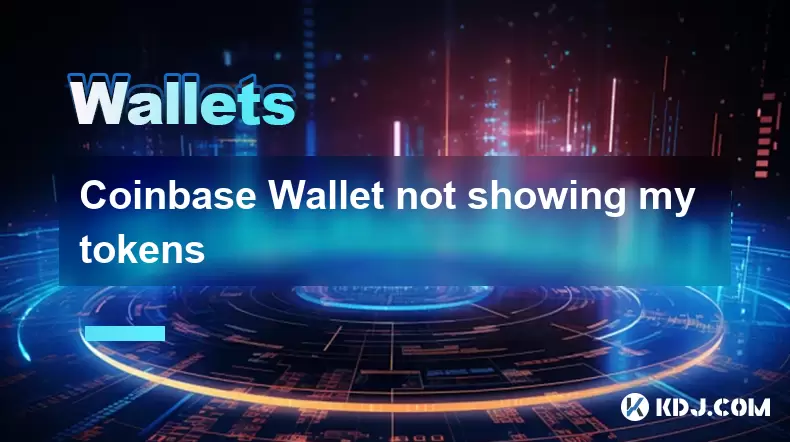-
 Bitcoin
Bitcoin $118400
0.39% -
 Ethereum
Ethereum $3814
2.17% -
 XRP
XRP $3.547
1.34% -
 Tether USDt
Tether USDt $1.000
0.00% -
 BNB
BNB $769.5
2.95% -
 Solana
Solana $191.7
6.36% -
 USDC
USDC $0.9999
0.01% -
 Dogecoin
Dogecoin $0.2722
7.75% -
 Cardano
Cardano $0.8995
5.59% -
 TRON
TRON $0.3158
-0.78% -
 Hyperliquid
Hyperliquid $47.37
4.46% -
 Stellar
Stellar $0.4848
3.54% -
 Sui
Sui $4.031
1.72% -
 Chainlink
Chainlink $20.11
3.94% -
 Hedera
Hedera $0.2832
3.16% -
 Avalanche
Avalanche $26.20
4.27% -
 Bitcoin Cash
Bitcoin Cash $530.5
0.67% -
 Shiba Inu
Shiba Inu $0.00001568
3.59% -
 Litecoin
Litecoin $118.4
1.42% -
 UNUS SED LEO
UNUS SED LEO $8.976
-0.23% -
 Toncoin
Toncoin $3.349
2.54% -
 Polkadot
Polkadot $4.590
2.54% -
 Uniswap
Uniswap $10.56
-0.59% -
 Ethena USDe
Ethena USDe $1.001
0.00% -
 Monero
Monero $327.7
0.39% -
 Pepe
Pepe $0.00001422
2.62% -
 Bitget Token
Bitget Token $4.973
-1.22% -
 Dai
Dai $1.000
0.02% -
 Aave
Aave $331.9
1.59% -
 Bittensor
Bittensor $429.6
-0.56%
What is the difference between hot and cold wallet?
Hot wallets offer convenience for frequent transactions, while cold wallets provide enhanced security for long-term storage of cryptocurrencies.
Jul 20, 2025 at 11:00 am

Understanding the Concept of Cryptocurrency Wallets
In the realm of cryptocurrencies, wallets are essential tools for managing digital assets. They are software programs or hardware devices that store public and private keys, allowing users to send and receive digital currencies securely. The core distinction among wallets lies in their connectivity to the internet, which directly affects their security level and convenience. This distinction gives rise to two primary types of wallets: hot wallets and cold wallets.
What is a Hot Wallet?
A hot wallet refers to any cryptocurrency wallet that is connected to the internet. These wallets are typically software-based and can be accessed via desktop, mobile, or web applications. Due to their online nature, they offer instant access to funds and are ideal for frequent transactions.
- Accessibility is a major advantage of hot wallets. Users can quickly send or receive cryptocurrencies without needing to reconnect to the internet.
- User-friendly interfaces make them suitable for beginners and active traders.
- However, security risks are higher because they are more susceptible to hacking, phishing, and malware attacks.
Popular examples of hot wallets include Trust Wallet, Electrum, and Coinbase Wallet.
What is a Cold Wallet?
A cold wallet, on the other hand, is a cryptocurrency wallet that is not connected to the internet. These wallets are designed for long-term storage and are considered the most secure way to store digital assets. Since they are offline, they are immune to online hacking attempts, making them ideal for holding large amounts of cryptocurrency.
- Offline storage ensures that private keys are never exposed to potential cyber threats.
- Cold wallets typically come in the form of hardware wallets or paper wallets.
- Transactions require a physical interaction with the device, which adds an extra layer of security.
Examples of cold wallets include Ledger Nano S, Trezor, and paper wallets generated through secure methods.
Key Differences Between Hot and Cold Wallets
The primary difference between hot and cold wallets lies in their security versus convenience trade-off.
- Hot wallets are convenient but less secure, making them suitable for small, daily-use funds.
- Cold wallets are secure but less convenient, ideal for storing large amounts of cryptocurrency over long periods.
Another critical difference is the access speed. Hot wallets allow for instant transactions, while cold wallets require a multi-step process to send or receive funds.
- In terms of cost, most hot wallets are free to use, whereas cold wallets usually require a purchase.
- Backup and recovery options are available in both types, but cold wallets often offer more robust recovery mechanisms like seed phrases stored offline.
When to Use a Hot Wallet
Using a hot wallet is appropriate in situations where frequent access to funds is necessary. For instance:
- Traders who actively buy and sell cryptocurrencies need quick access to their assets.
- Users who make daily transactions or engage in microtransactions benefit from the real-time connectivity of hot wallets.
- Individuals who hold small amounts of cryptocurrency and are comfortable with moderate risk may prefer hot wallets for their ease of use.
However, it is advisable to limit the amount stored in hot wallets due to the higher exposure to online threats.
When to Use a Cold Wallet
Cold wallets are best suited for users who prioritize security over convenience. They are ideal for:
- Long-term investors who do not need frequent access to their funds.
- Individuals holding large amounts of cryptocurrency and seeking maximum protection against theft.
- Those who want to store backup copies of their private keys in a secure, offline environment.
Cold wallets are especially recommended for HODLers who want to safeguard their assets against potential online vulnerabilities.
How to Set Up a Hot Wallet
Setting up a hot wallet involves several straightforward steps:
- Download the wallet application from a trusted source or app store.
- Install the software on your device and launch the application.
- Create a new wallet by following the on-screen instructions.
- Set a strong password to protect your account from unauthorized access.
- Back up your recovery phrase in a secure location. This phrase is essential for recovering your wallet if you lose access.
- Fund your wallet by sending cryptocurrency to the provided wallet address.
Ensure that you never share your private keys or recovery phrase with anyone.
How to Set Up a Cold Wallet
Setting up a cold wallet, particularly a hardware wallet, requires careful attention to detail:
- Purchase a hardware wallet from an official vendor to avoid counterfeit devices.
- Connect the device to your computer using a USB cable.
- Follow the setup instructions provided by the manufacturer.
- Initialize the wallet and create a new wallet instance.
- Write down the recovery phrase on paper and store it in a safe place.
- Install the wallet software on your computer if required.
- Transfer funds from your hot wallet or exchange account to the cold wallet address.
Always ensure that your computer is free of malware before connecting your cold wallet.
FAQs
Q: Can I use both hot and cold wallets together?
Yes, many users employ a dual-wallet strategy, using a hot wallet for daily transactions and a cold wallet for long-term storage.
Q: Are paper wallets still considered secure?
While paper wallets are a form of cold storage, they can be prone to physical damage and loss. It's crucial to store them in a secure and dry location.
Q: Is it possible to hack a cold wallet?
Cold wallets are highly secure, but they can be compromised if the device is tampered with physically or if the recovery phrase is exposed.
Q: Do all cryptocurrencies support both hot and cold wallets?
Most major cryptocurrencies have both hot and cold wallet options, but some lesser-known tokens may have limited wallet support. Always check compatibility before storing funds.
Disclaimer:info@kdj.com
The information provided is not trading advice. kdj.com does not assume any responsibility for any investments made based on the information provided in this article. Cryptocurrencies are highly volatile and it is highly recommended that you invest with caution after thorough research!
If you believe that the content used on this website infringes your copyright, please contact us immediately (info@kdj.com) and we will delete it promptly.
- WIF Rockets: Riding the Bull Run Wave in Cryptocurrency
- 2025-07-21 18:50:12
- XRP Ledger Heats Up: Network Activity and Trader Buying on the Rise!
- 2025-07-21 18:50:12
- BFX, Altcoins, and ROI: Chasing the Next Big Crypto Wave
- 2025-07-21 18:55:12
- Binance, Seed Tag, and Crypto Tokens: What's the Deal?
- 2025-07-21 19:30:12
- Kaspa Price Surges Amid Layer 2 Buzz: Double Bottom Signals Bullish Momentum
- 2025-07-21 19:30:12
- Cryptocurrencies Surge: BNB Nears All-Time High Amid Market Uptick
- 2025-07-21 19:35:11
Related knowledge

Can I use Coinbase Wallet without a Coinbase account?
Jul 18,2025 at 04:35am
What is Coinbase Wallet?Coinbase Wallet is a self-custodial wallet that allows users to store, send, and receive various cryptocurrencies directly on ...

Coinbase Wallet "uh oh something went wrong"
Jul 20,2025 at 10:00am
Understanding the Coinbase Wallet Error: 'Uh Oh, Something Went Wrong'If you're a Coinbase Wallet user, encountering the error message 'Uh Oh, Somethi...

How to add Optimism network to Coinbase Wallet
Jul 20,2025 at 05:21am
What is the Optimism Network?The Optimism network is a Layer 2 scaling solution built on top of the Ethereum blockchain. It aims to enhance transactio...

How to add Arbitrum to Coinbase Wallet
Jul 18,2025 at 03:00pm
Understanding Arbitrum and Its Integration with Coinbase WalletArbitrum is a layer-2 scaling solution developed by Offchain Labs to enhance the speed ...

Coinbase Wallet not showing my tokens
Jul 18,2025 at 09:49am
Understanding Coinbase Wallet Token Display IssuesIf you're experiencing issues where Coinbase Wallet not showing my tokens, it can be frustrating, es...

How to clear cache in Coinbase Wallet
Jul 21,2025 at 12:00am
Understanding Cache in Coinbase WalletThe cache in Coinbase Wallet refers to temporary data stored by the application to enhance performance and user ...

Can I use Coinbase Wallet without a Coinbase account?
Jul 18,2025 at 04:35am
What is Coinbase Wallet?Coinbase Wallet is a self-custodial wallet that allows users to store, send, and receive various cryptocurrencies directly on ...

Coinbase Wallet "uh oh something went wrong"
Jul 20,2025 at 10:00am
Understanding the Coinbase Wallet Error: 'Uh Oh, Something Went Wrong'If you're a Coinbase Wallet user, encountering the error message 'Uh Oh, Somethi...

How to add Optimism network to Coinbase Wallet
Jul 20,2025 at 05:21am
What is the Optimism Network?The Optimism network is a Layer 2 scaling solution built on top of the Ethereum blockchain. It aims to enhance transactio...

How to add Arbitrum to Coinbase Wallet
Jul 18,2025 at 03:00pm
Understanding Arbitrum and Its Integration with Coinbase WalletArbitrum is a layer-2 scaling solution developed by Offchain Labs to enhance the speed ...

Coinbase Wallet not showing my tokens
Jul 18,2025 at 09:49am
Understanding Coinbase Wallet Token Display IssuesIf you're experiencing issues where Coinbase Wallet not showing my tokens, it can be frustrating, es...

How to clear cache in Coinbase Wallet
Jul 21,2025 at 12:00am
Understanding Cache in Coinbase WalletThe cache in Coinbase Wallet refers to temporary data stored by the application to enhance performance and user ...
See all articles

























































































